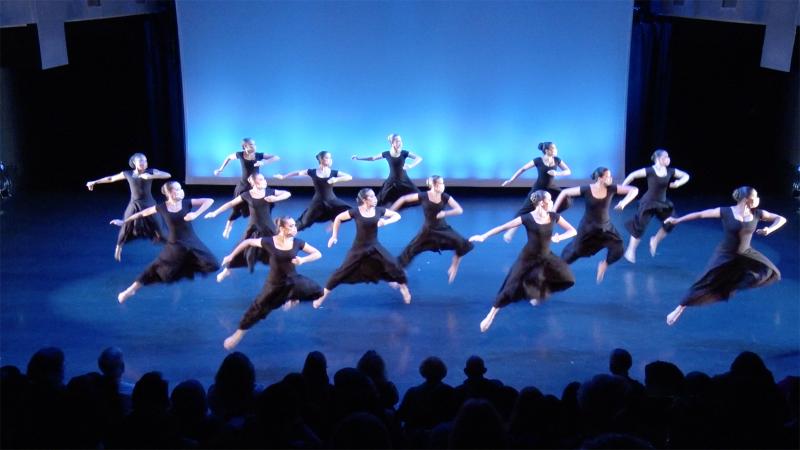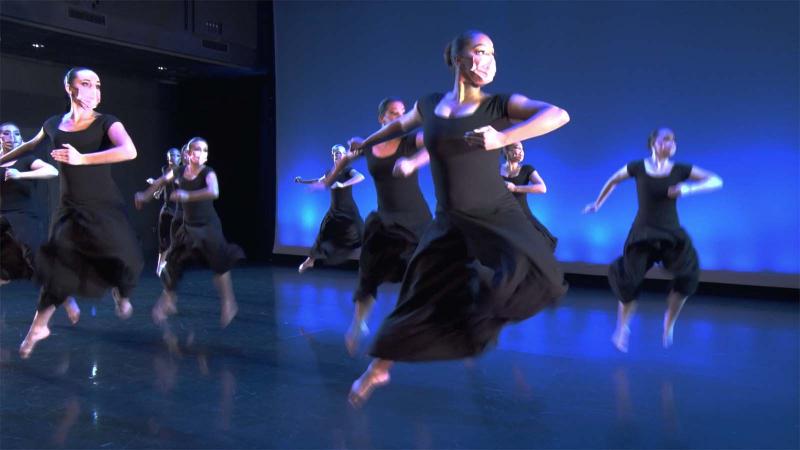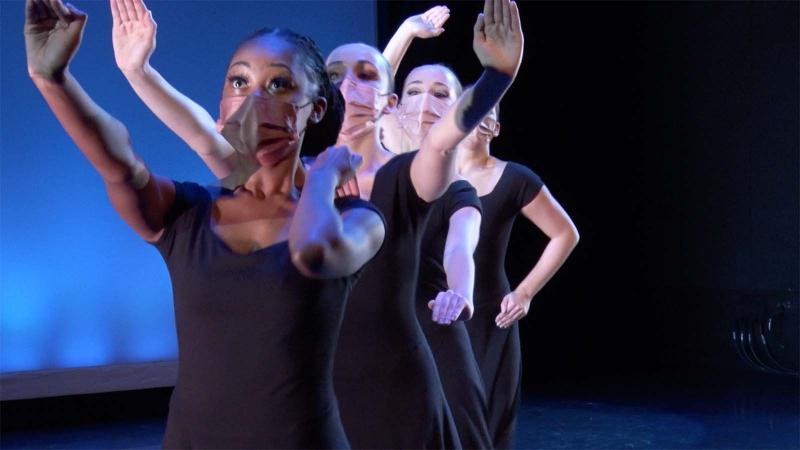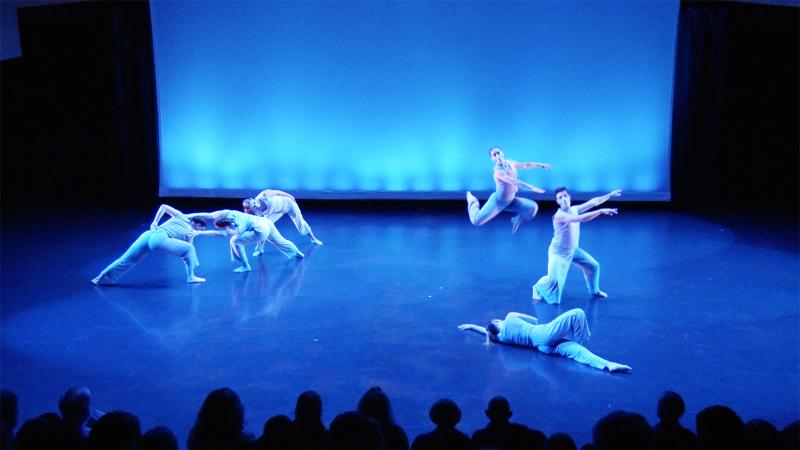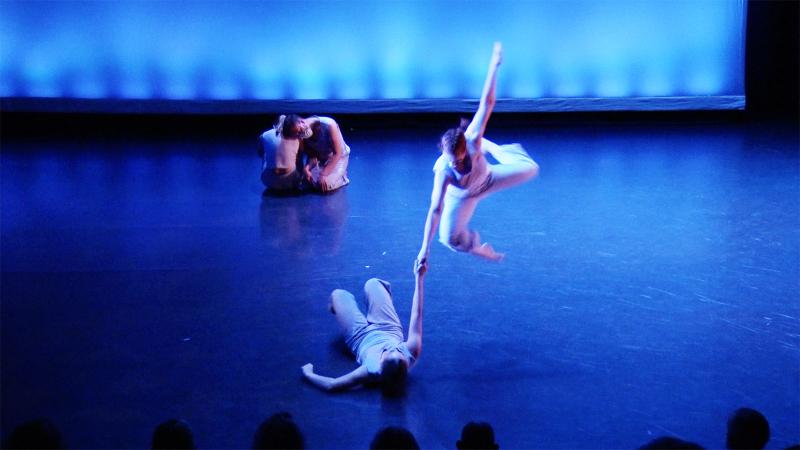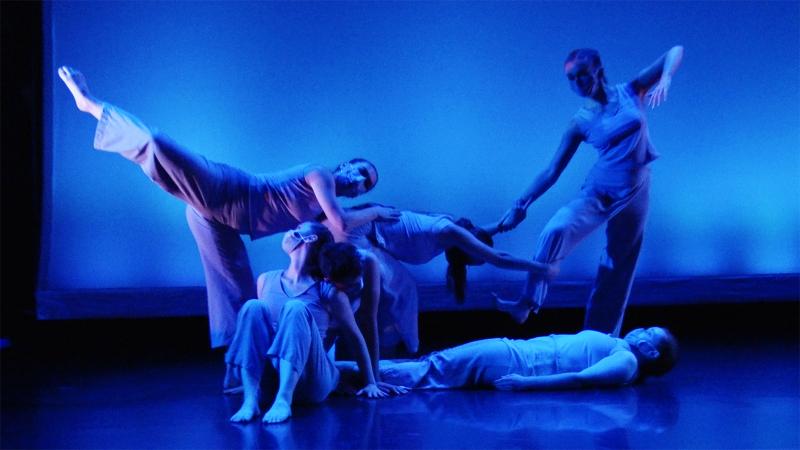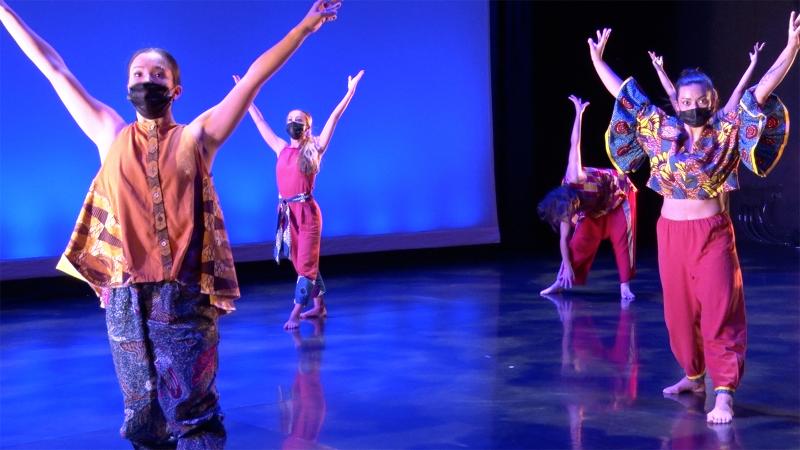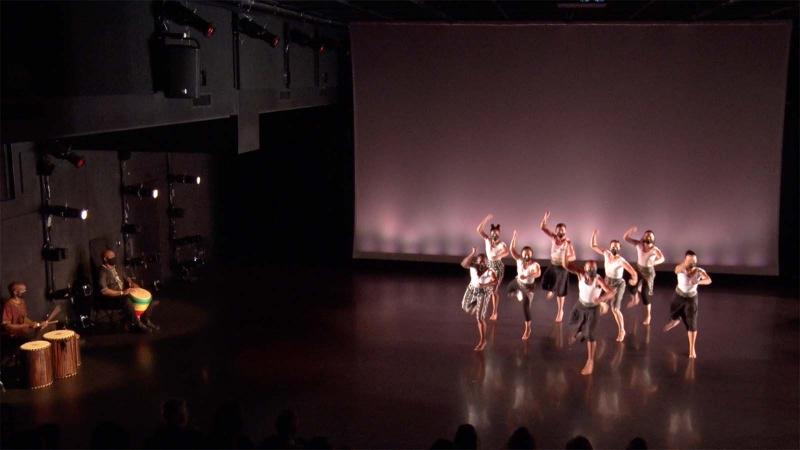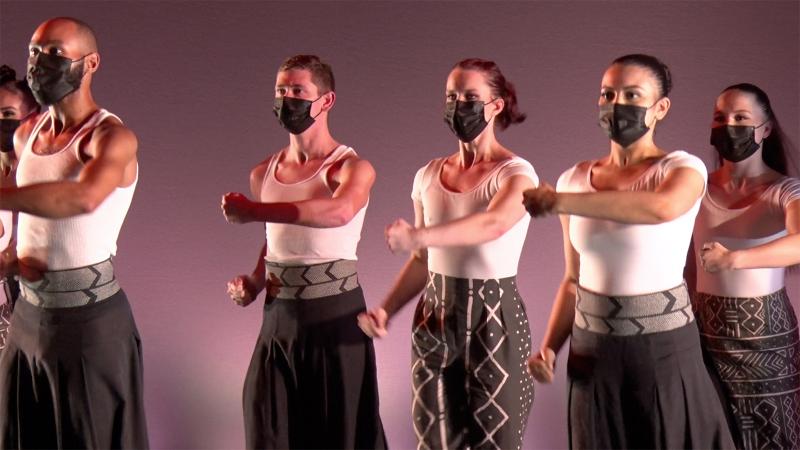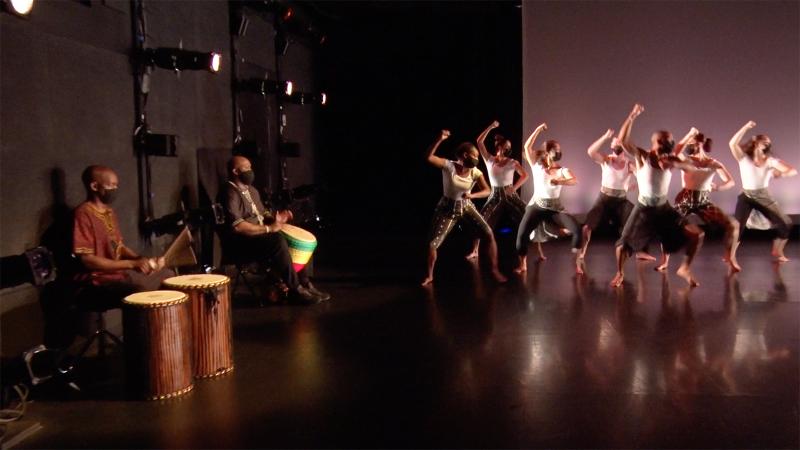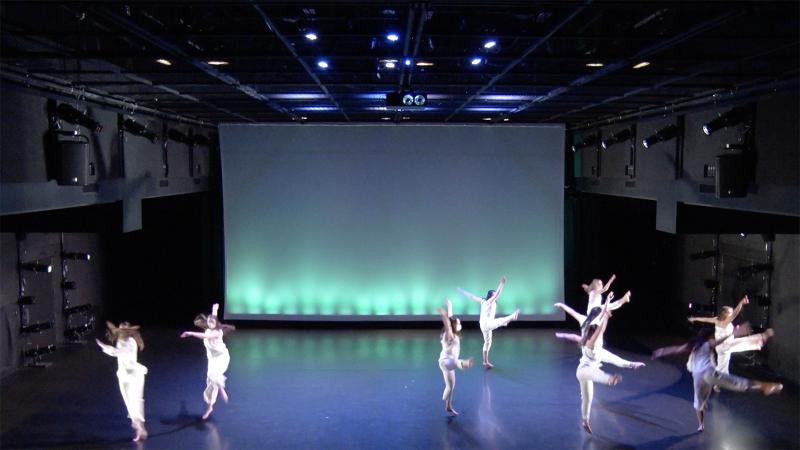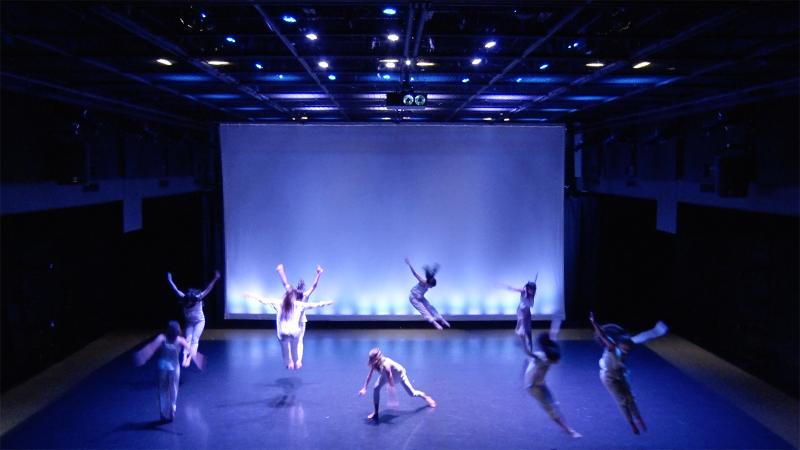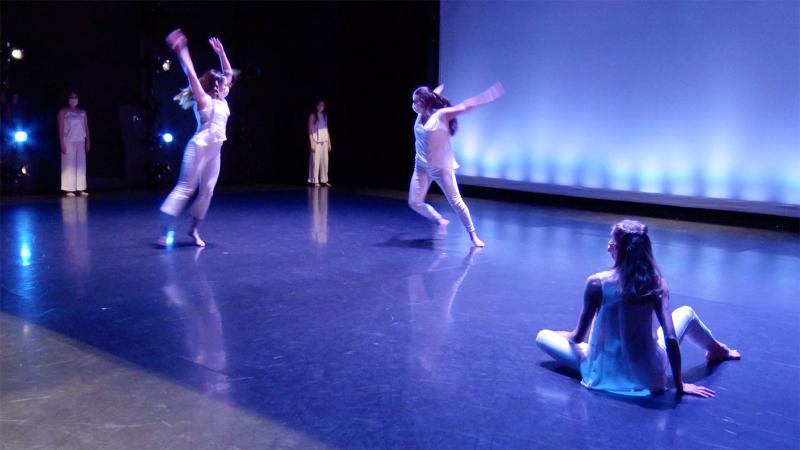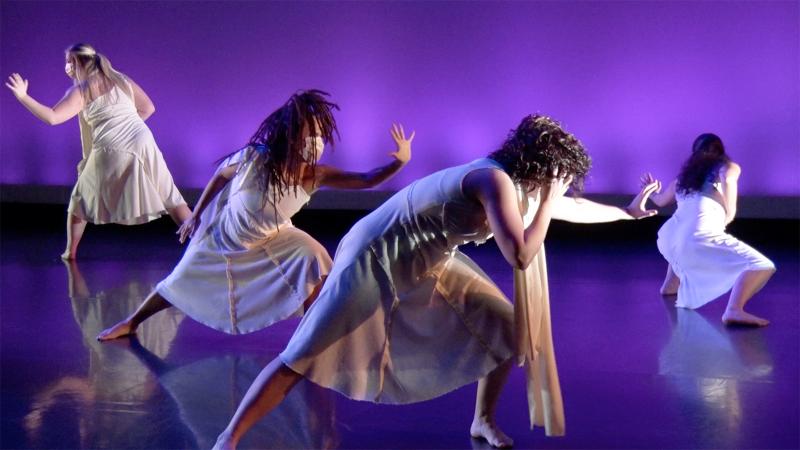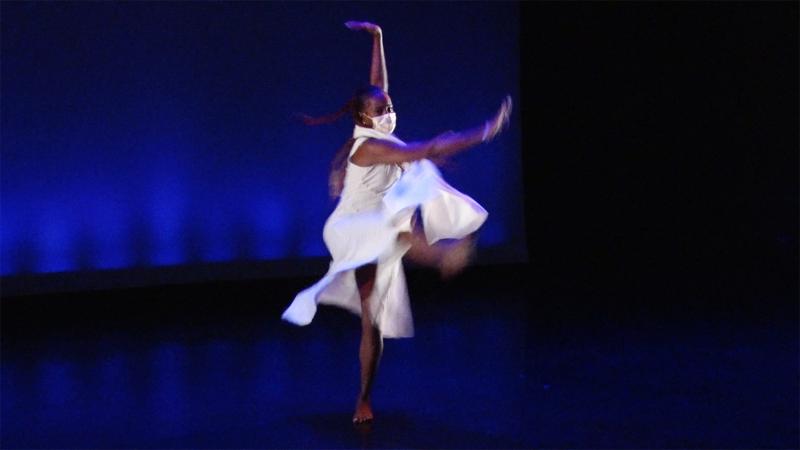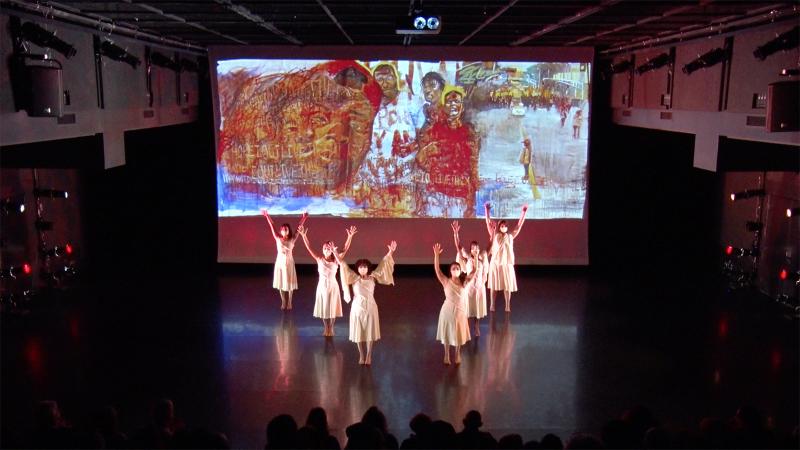
Steps in the Street by Martha Graham

Are we Ok? by Daniel Roberts

Daabo by Momar Ndiaye

Bushasche Etude by Dr. Pearl Primus

Arena by Eddie Taketa

A Mother’s Walk by Gamal Brown
In November 2020 the department returned to live performance with a program of new works choreographed or directed by faculty and guest artists and performed by BFA and MFA dance students. The program, titled 20/20 Re/Vision, was intended to carry the energy and messages of a pro-active positive stance on having clarity and purpose (20/20 vision) and healing past what 2020 gave us. The program turned out to have an expansive view of how dance can inspire the emotions necessary to step up to social justice, to open eyes to global diversity and to truly connect with others.
Steps in the Street by Martha Graham (1936) was reconstructed by Valarie Williams with Mara Frazier from Labanotation score by arrangement with the Dance Notation Bureau and supported by Ohio State Energy Partners, Coca-Cola Difference for Women, University Libraries’ Special Collections, Martha Graham Center of Contemporary Dance, and BalletMet. This powerful, austere work was performed with unflagging strength and conviction; as the dance, a response to fascism in Europe, portrays a community in devastation, in anger and in resolute drive to survive.
Professor Daniel Roberts’ excerpt of Are we Ok?, with haunting music by Icelandic composer and collaborator María Huld Markan Sigfúsdóttir, is a reaction to changes of the earth’s delicate relationship with water, whether in solid, liquid, or gaseous forms, that will impact the future. As a tribute to the depleted glacier Ok in Iceland, the dancers were in close contact, holding each other up, as if by letting go they might evaporate into the ether. The piece slowly and subtly worked its way into a sense of the passing of eons and gave a tangible emotional sense of fragility.
Shifting from Iceland to Senegal, the program’s first half closed with Professor Momar Ndiaye’s newly created work Daabo which refers to a human being that can embody the physicality and state of mind of a lion while induced in trance. As Momar put it: “The goal for this new piece is not to narrate the story of the Daabo but to bring a contemporary choreographed touch to the playfulness, the colorfulness, and the ambiguity between animal and human experiences...” Using dance and drumming traditions rooted in the story of Daabo, together with rhythms of Zulu, Sabar, and contemporary B-Boying aesthetics, this piece packed a punch of explosiveness, playfulness and drew out the emotions that drive a sense of grit and energy.
The short and fascinating Bushasche Etude by Dr. Pearl Primus (1949) opened the second half and was an outcome of the “Archiving Black Performance: Memory, Embodiment and Stages of Being” project that Professors Perkins and Williams are leading. Staged by guest Ursula Payne, Bushasche Etude is a re-imagining of Primus’ 1950 dance Bushasche, War Dance, A Dance for Peace and is a war dance that fights off evil and brings about peace to the community. Professor Payne was Pearl Primus’s personal assistant and her interpretation of Bushasche Etude results from a conversation with secondary sources, video/educational resources from Dance Legacy, Primus’s biography, personal memory of kinetic experiences and Primus’s archives. The quick and pointed rhythmic patterns underscored a sense of community entrained on a singular and urgent goal of common purpose, or peace.
With his signature quick darts and swooping arcs, Eddie Taketa’s Arena, lit up the theatre with its tripping, flitting and oozing motifs. The dancers slipped in and out of the center of the stage pausing at times to observe from the edges, and as if all the audience were spectators in their arena, the very act of watching, responding to cues, and being ready became a charge, a mandate and a way to feel connected.
The sense of trust in Taketa’s work became all the more poignant as guest artist Gamal Brown’s A Mother’s Walk unfolded its bitterly sad and heart-wrenching tales. Boldly and firmly a dance of social justice, the dancers took on the personas of real mothers who had lost their sons to police shootings. Brown states, “Her cries are swallowed whole by the blaring silence of Inaction" and he powerfully calls all to action, to prayer, to empathy.
20/20 Re/Vision with its powerful sense of community through each piece, asked what can be done to re-set vision from the beginning of the pandemic in 2020 and go forward, together. How, in our communities can we see the big picture, focus on a vision and move on, with listening, with empathy and with inclusivity.
Additional 20/20 Re/Vision Photos
